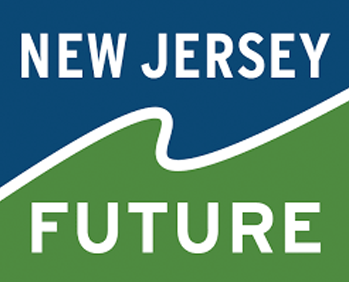Commercial
Before Rule Change:
This comparison shows a typical commercial development consisting of a convenience store with gas and strip retail store designed. The illustration demonstrates the design under stormwater rules effective prior to March 2021, including the use of grass swales and a typical stormwater bioretention system.
While green infrastructure was used in the stormwater management design, the bioretention system is an “end-of-pipe” BMP. No decentralized BMPs were utilized. Further, infiltration is not included in the engineering calculations, resulting in the proposed bioretention BMP covering a large extent of area on the site.
After Rule Change:
The theoretical design of the same commercial site applying the amended stormwater rules adds several decentralized green infrastructure BMPs as well as an additional quick service restaurant. This is achieved by intercepting and infiltrating a significant portion of the overall stormwater runoff within the developed portion of the site as opposed to conveying the majority of the runoff to a single end-of-pipe bioretention basin.
Pervious pavement treats and infiltrates both driveway and parking lot runoff; multiple rain gardens treat and infiltrate pavement runoff; a roof recharge pipe to the rear and side of the retail building infiltrates roof runoff. These decentralized BMPs address the entirety of the required peak flow and volume mitigation for the project, allowing the end-of-pipe basin to be replaced with additional development and a shared parking concept.


